Bitters: A Brief Intro to Cocktails’ Secret Weapon
From Honolulu to Hong Kong, craft cocktails have gone from bourgeoisie to mainstream, with everything from Tiki Tipples to Moscow Mules dominating the bar scene.
But peruse an artisanal drink menu from Maui to Manhattan and those new to the arena may be stumped by the sight of “bitters” in the descriptions. Included in both traditional and modern cocktails, like the quintessential Old Fashioned or the tequila-rich Trick Dog, bitters can take a swill from purely pleasant to downright spectacular.
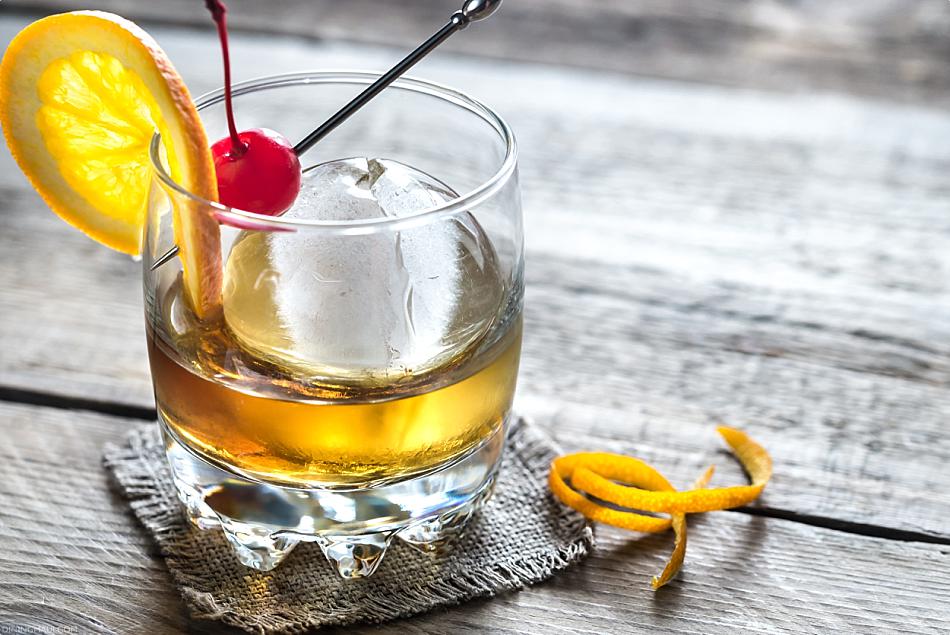
But what exactly are bitters—and what are they doing in your drink?
To answer that question, we turned to one of our favorite Maui Bartenders, Dane Dostert—the former Bar Manager of Boulder’s Japango and the brains behind several inventive and exquisite cocktails.
As Dane points out, bitters don’t actually add bitterness to a cocktail. Rather, the formula—a distillation of macerated flowers, roots, herbs, barks, berries, peels, and other plant particles—is as fundamental an ingredient for bartenders as salt is to a chef: A potent elixir, tracing back to ancient China, that lends nuance and complexity to drinks while accentuating its leading flavors. Bitters can balance sweet and sour tastes or highlight the spice and body of a spirit. (Amaro, meanwhile—Italian for bitter—presents the same promise.)
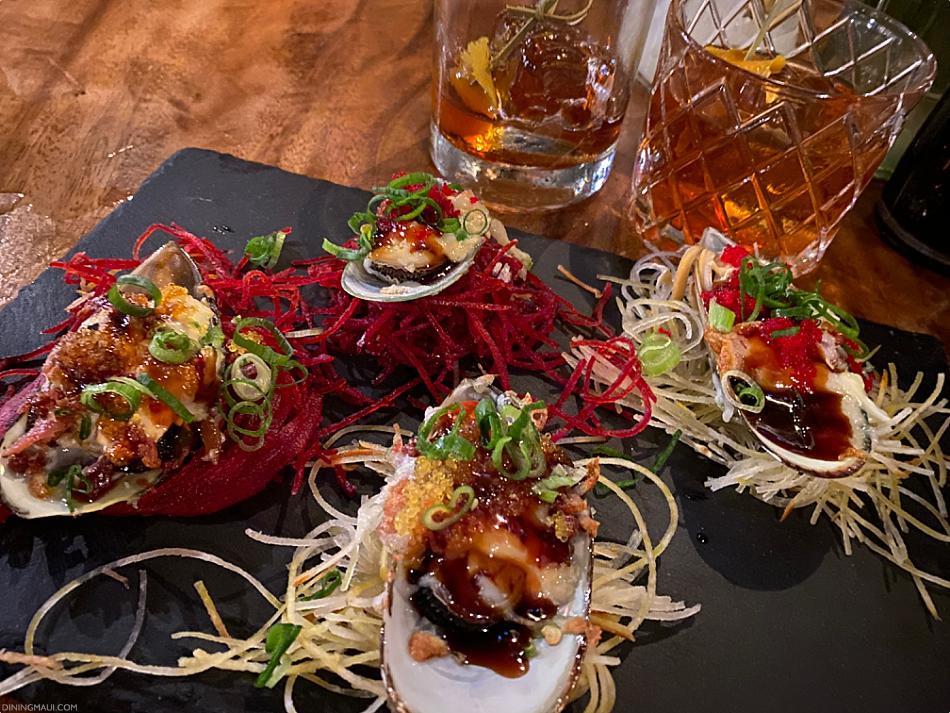
To go a bit deeper, consider the words of the aptly-named Mark Bitterman, whose book, Bitterman’s Field Guide to Bitters & Amari, provides an encyclopedic look into the antiquated tincture.
“The flavor of a given bitters or amaro can be derived from a single ingredient, like lemon peel, or it can be created in layers with a multitude of ingredients, like hibiscus petals and cherry pits for prominent notes, birch leaf and angostura bark for depth, and allspice and star anise warming everything to an aromatic glow.”
Mooring these flavors, Bitterman says, is the inclusion of a bittering agent. Wormwood, Gentian, and quassia—a botanical, also known as bitter wood, that’s native to the West Indies—are perennial favorites, but dozens, if not hundreds exist.
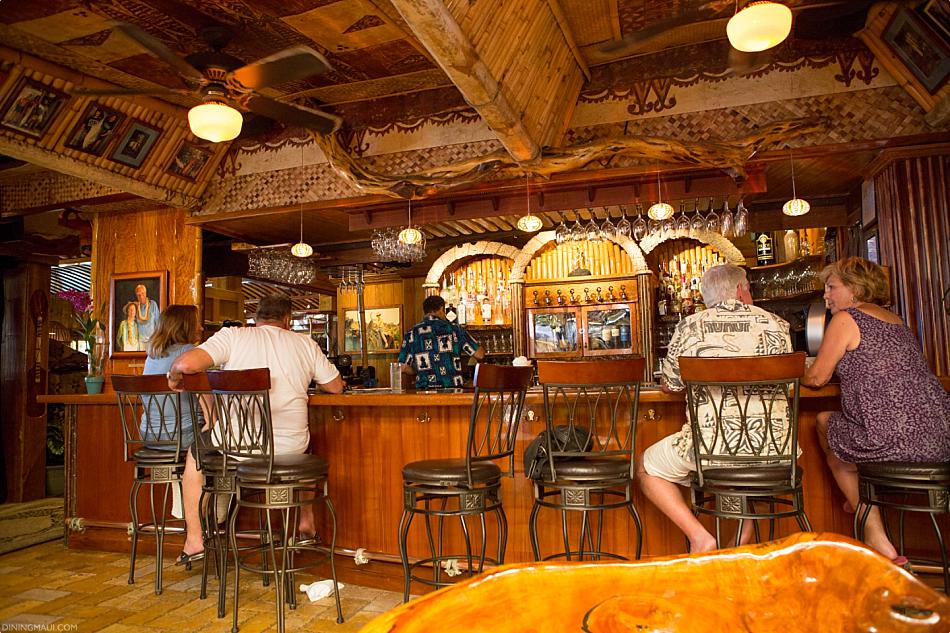
The Use & Flavors of Bitters
Dane relies upon Bittermens’ bitters (no relation), as well as other brands, to “season” some of his most splendid cocktails. (Dane is quick to point out that Maui County Law prohibits the manufacturing of bitters.) One of his most popular cocktails, the Easy Rider, is a labor of love and exceedingly fresh with its combination of Knob Creek bourbon, orange, pineapple, lemon, lilikoi, macadamia nut orgeat, and ‘Elemakule Tiki Bitters—a Caribbean-spiced bitters, with hints of cinnamon, ginger, cardamom, and clove, that highlights Easy Rider’s fruity notes and makes the aged whiskey “pop,” Dane says. While not every restaurant can afford to the time and effort required, some have macadamia nut orgeat made in-house by soaking just-picked crushed macadamia nuts overnight and creating syrup from the milk it renders. It’s a painstaking process (albeit a thoroughly enjoyable one) that results in drinks that taste like art, with flavors that stretch our conception of “vibrant.”
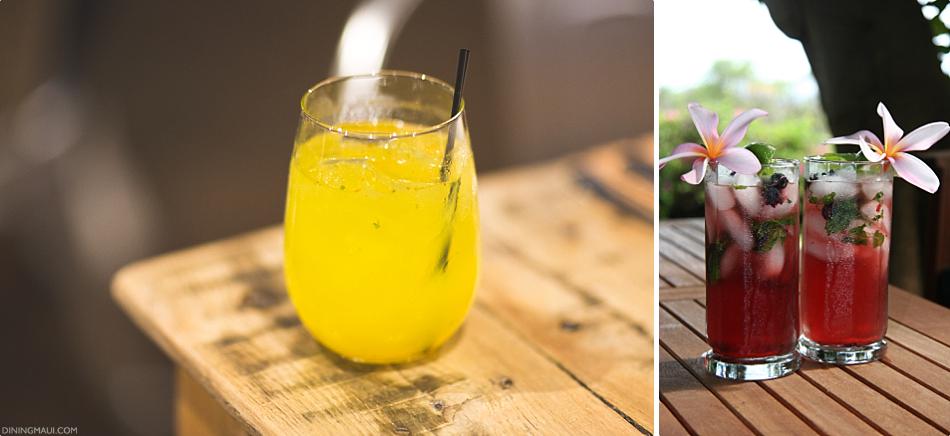
And flavors indeed. During the peak of bitters’ popularity in the U.S. in the 1800s, the aromatic Angostura Bitters—created by German doctor and surgeon general Johann Gottlieb Benjamin Sieger—served as the main ingredient in Manhattans, as it continues to today. At the same time, the floral, anise-dense, and cherry-red Peychaud’s, which dates back to 1838, reigned as the cornerstone of the absinthe-doused Sazerac (what’s considered the nation’s first cocktail, at least to those from New Orleans). At the height of Prohibition, Angostura (or “Ango,” to connoisseurs) was one of the few brands not to be pulled off the shelves, but the resurgence of craft cocktails in America has created what Punch calls the “bitters boom.”
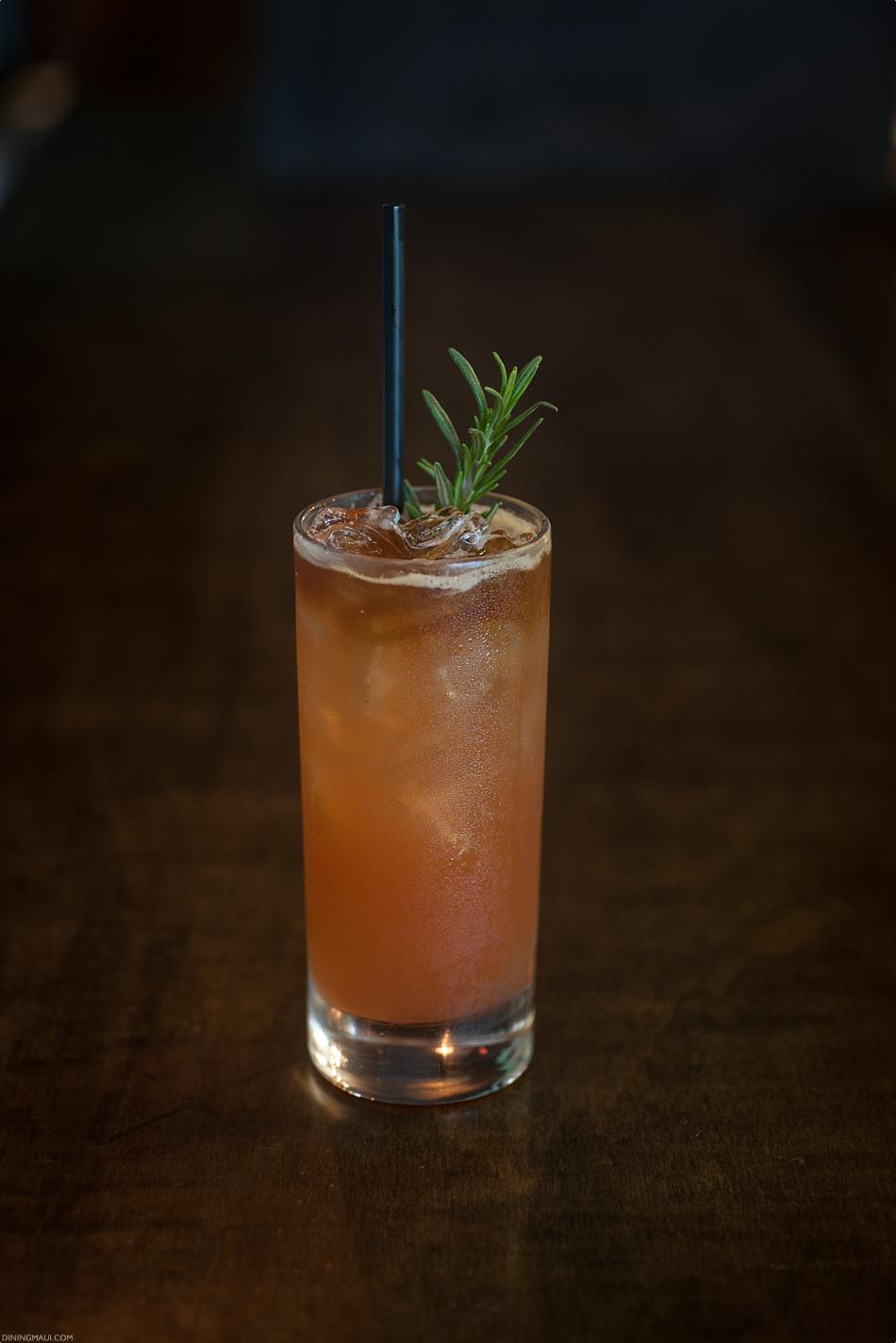
The State of Bitters
“Today,” Punch writer Brad Thomas Parsons says, a dozen bitters “seems quaint…There are easily over 50 different brands producing hundreds of flavors of bitters, with more brands coming to market every year. Variations on the more common aromatic and orange varieties have spawned a spectrum of flavors covering every riff on citrus, spice, and vegetal imaginable.” In other words, the flavors of bitters have become as cutting-edge and inventive as our most visionary mixologists themselves, pulling on tastes that range from fig and celery to Sriracha and chocolate. Cane + Grain, another of Dane’s favorite “cane” cocktails (named as such for utilizing organic, cold-pressed sugarcane), serves as an homage to this movement, pairing Leblon Cachaca with Tempus Fugit Crème de Cacao, lime, Maui Brewing Coconut Porter Reduction, and Mole Bitters—a concoction that mirrors its Mexican sauce’s namesake with hints of cinnamon, cacao, and nuts.
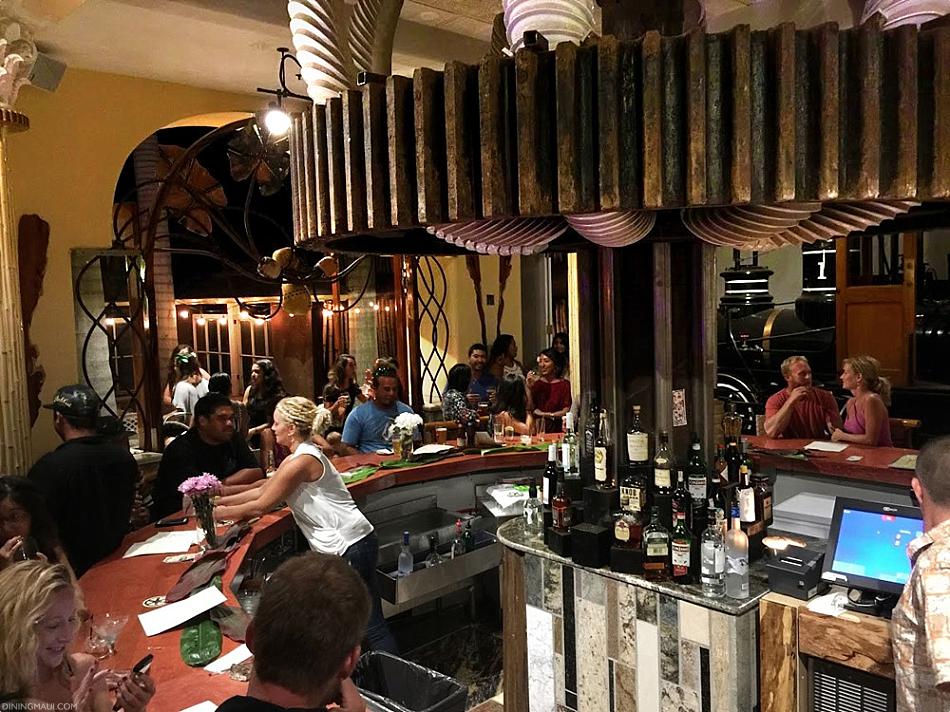
More Bitters Please
“Judicious” comes to mind when advising people to use bitters to their benefit—given their intensity, they’re typically doled out in dashes. But that’s not always the case. The Sawyer—originally developed by bartender Don Lee—includes 28 dashes of three kinds of bitters: Angostura, Peychaud’s, and orange. Dane’s self-invented cocktail, The Prescription (knock on the bar three times and you might get one), calls upon a full ounce of Angostura, which he then blends with more of that macadamia nut orgeat, lime, Mezcal, and egg whites.
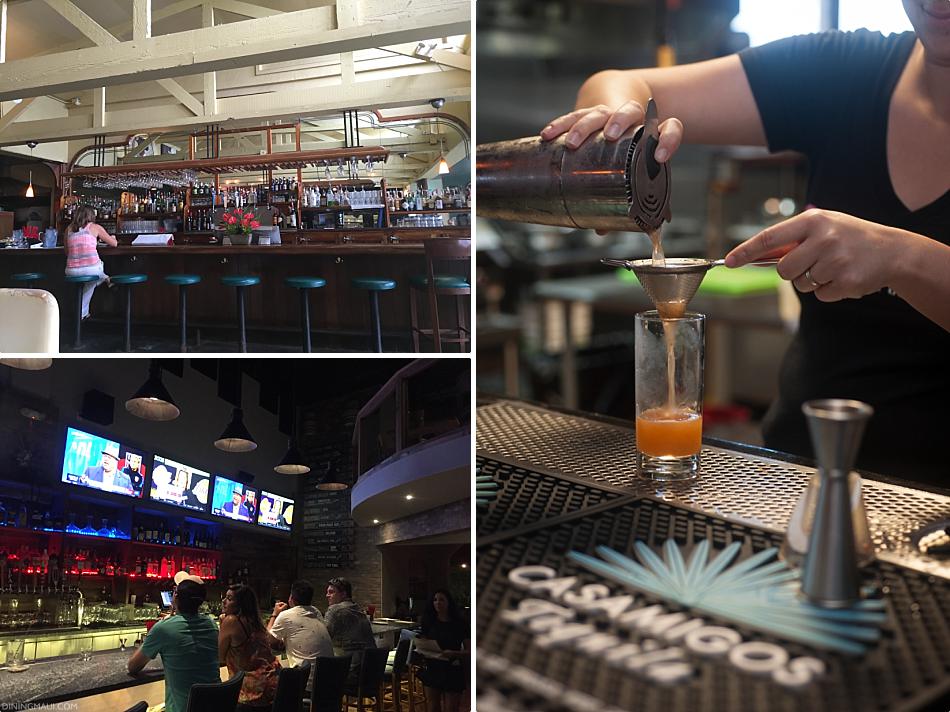
To phrase the original question differently, bitters have come a long way since their start in the West as medicine (specifically, to soothe upset stomachs)—their possibilities now are, well, seemingly endless. Dane is particularly interested in their crossover potential for culinary creations. A previous collaborator Chef Jeff Scheer, for example, occasionally finished off his fennel-heavy cioppino dishes with a dash of Peychaud’s to underscore the dish’s licorice flavors. Meanwhile, his creation of a Bloody Mary pickle—steeped in vinegar, sugar, salt, and water—includes angostura for a “super-delicious hair of the dog,” Dane says.
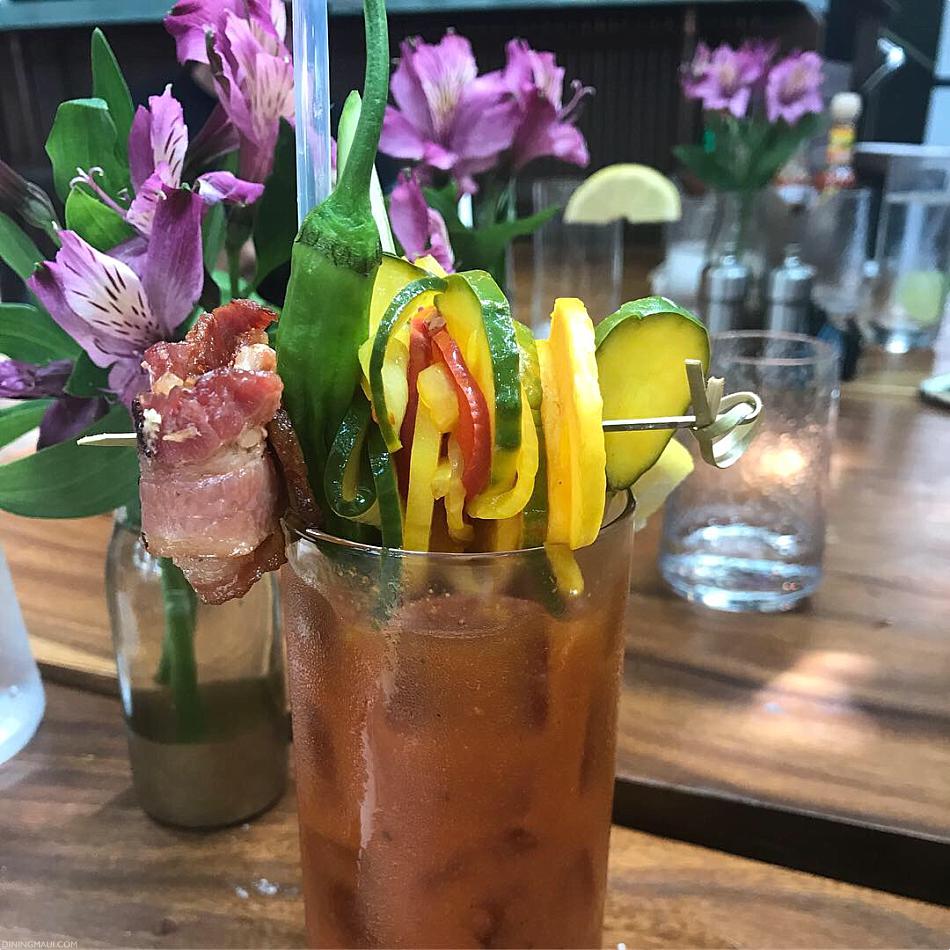
Whether you meander into an upscale Maui bar for precisely that—or you’re perfecting the stock of your personal bar—do know that bitters, timely and timeless, can “refine the focus” of your food or drink, Dane says. To which we say, that’s the spirit.
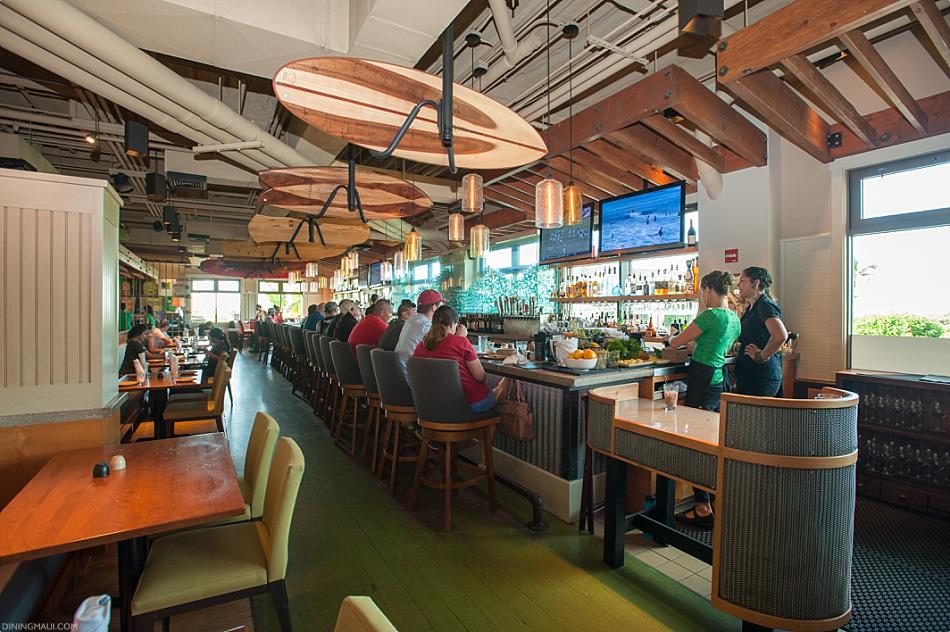
More about Dane Dostert
Today, Dane Dostert is the proprietor of Sugarcane Dane, sustainably creating Maui-based tropical syrups and elixirs to support the creative efforts of bartenders everywhere. Check out Sugarcane Dane for more information. Thanks for reading!
Maui Restaurants
Leoda’s Kitchen & Pie Shop Review
Amazing pies, great sandwiches, salads, and epic brussel sprouts are worth a stop when traveling between South and West Maui.
Spoon & Key Market Review
It’s official! We have a new favorite restaurant in Wailea! We’ve been to Spoon and Key Market for lunch, and it’s been great. But dinner is a completely different deal.
Coco Deck Lunch Review
After our west side beach day, we were all ready for a feast. Coco Deck delivered with a delicious lunch with drinks and games.




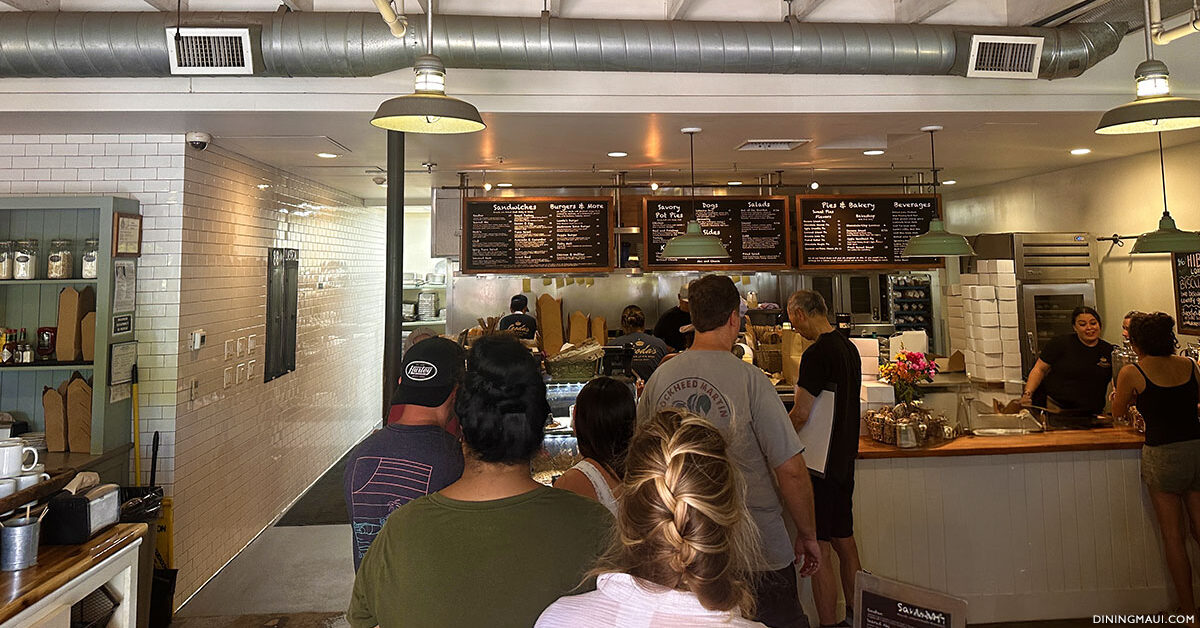
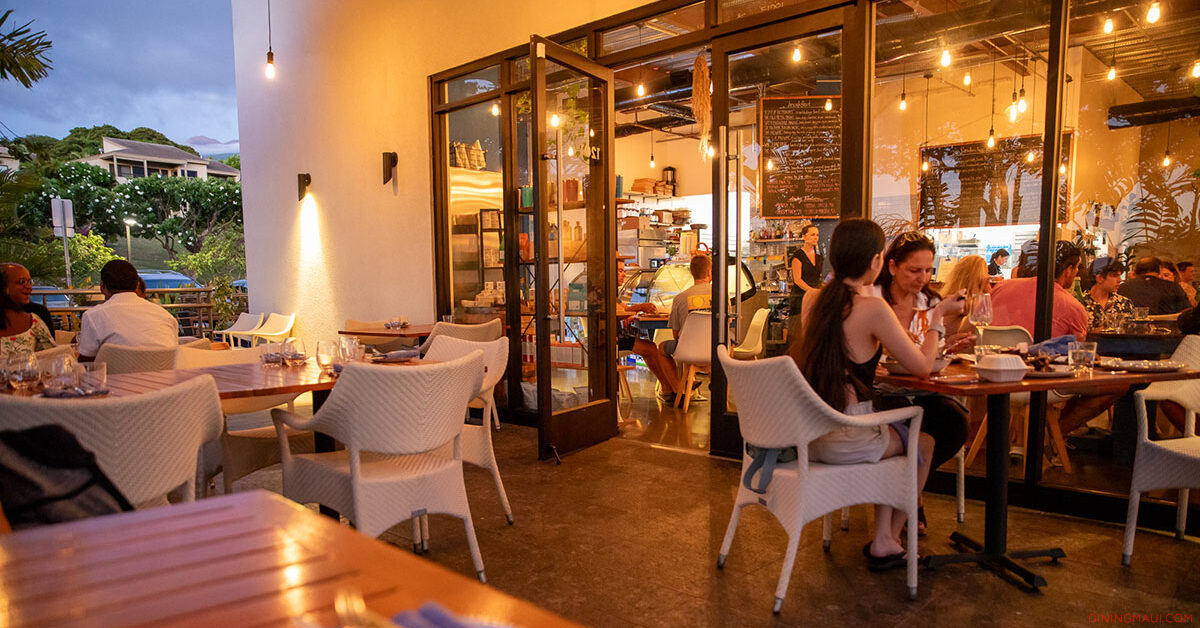
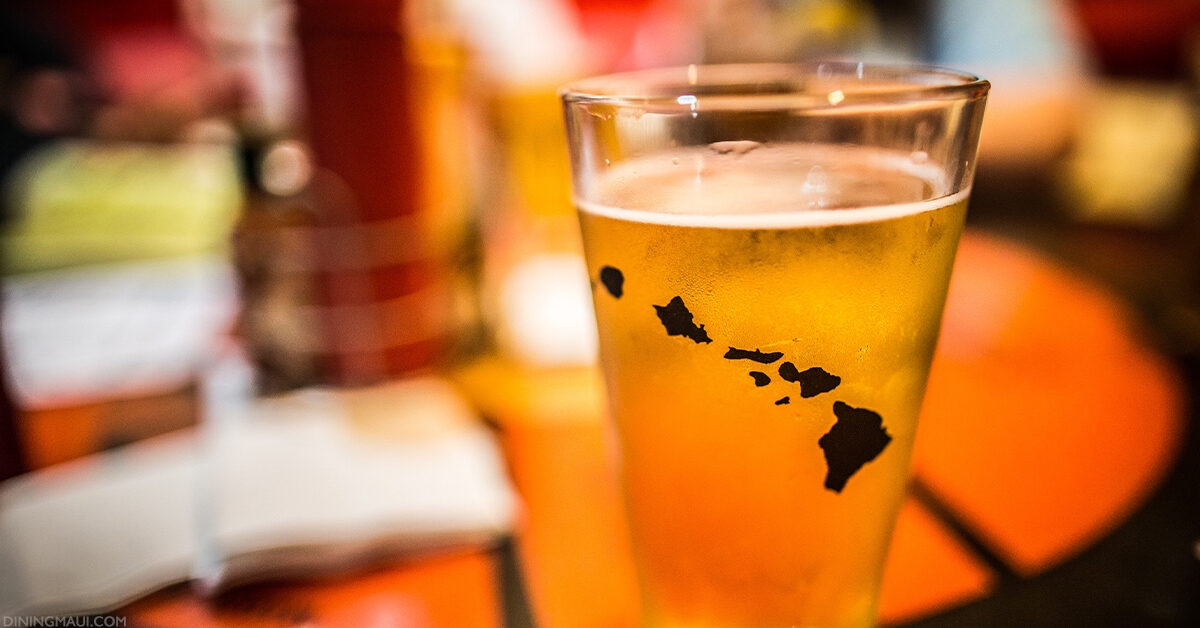
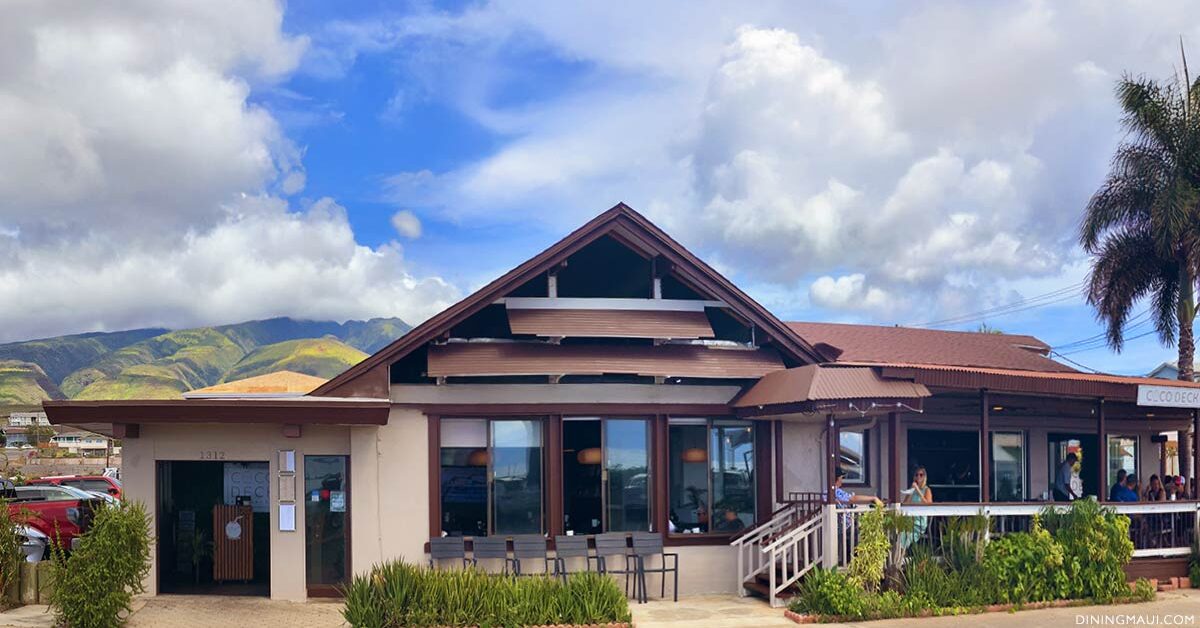
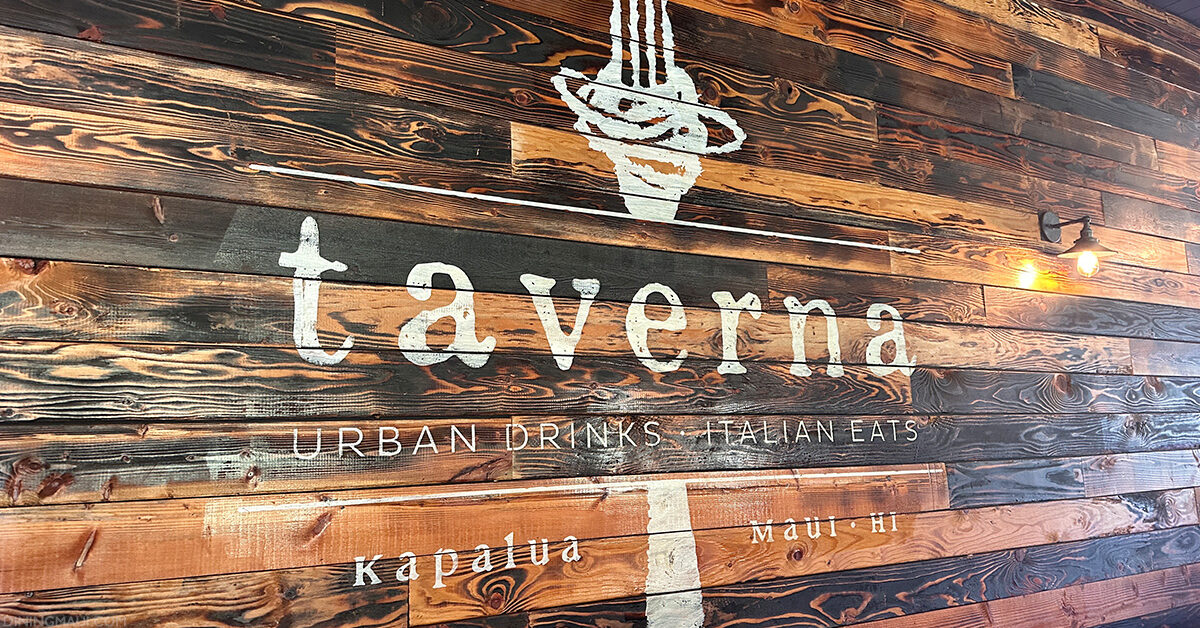

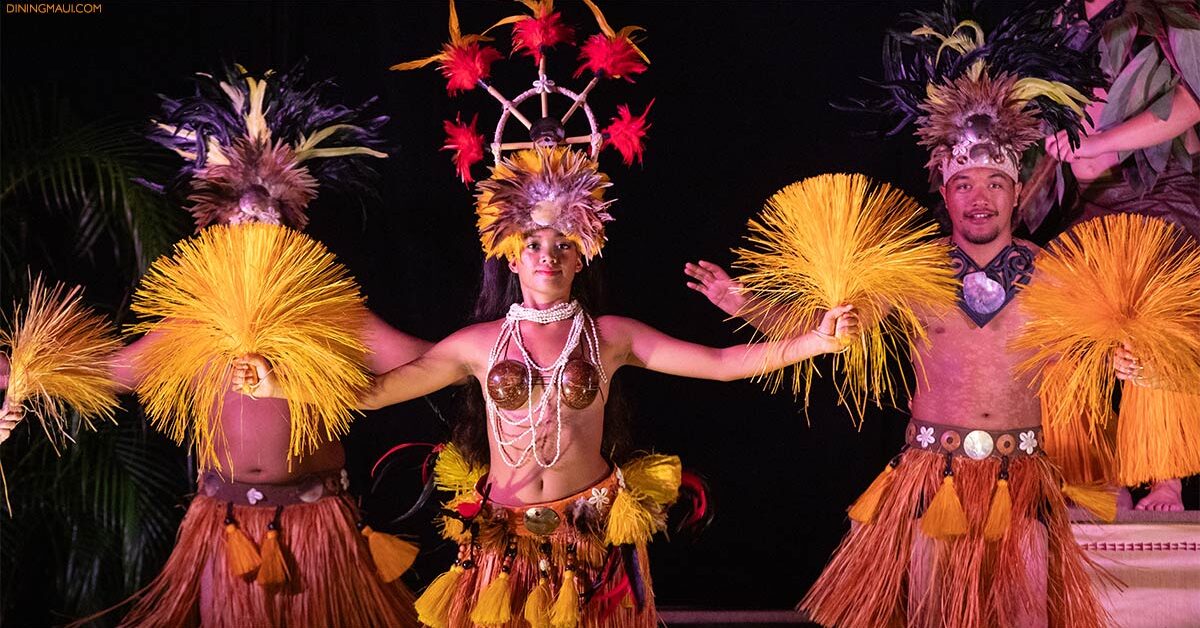

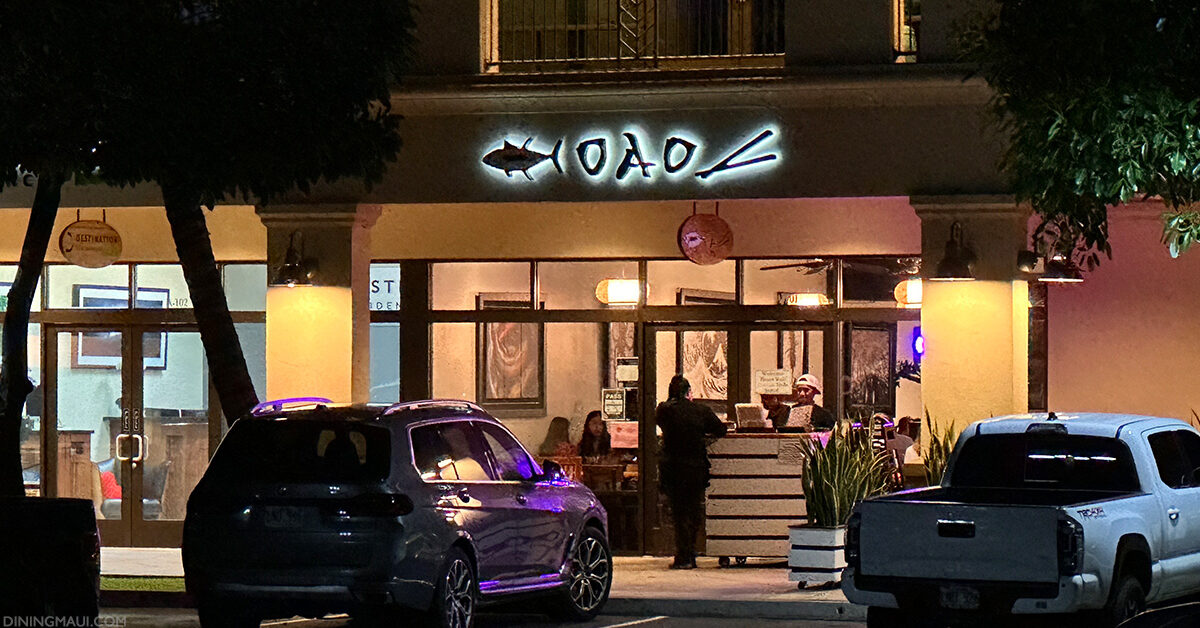
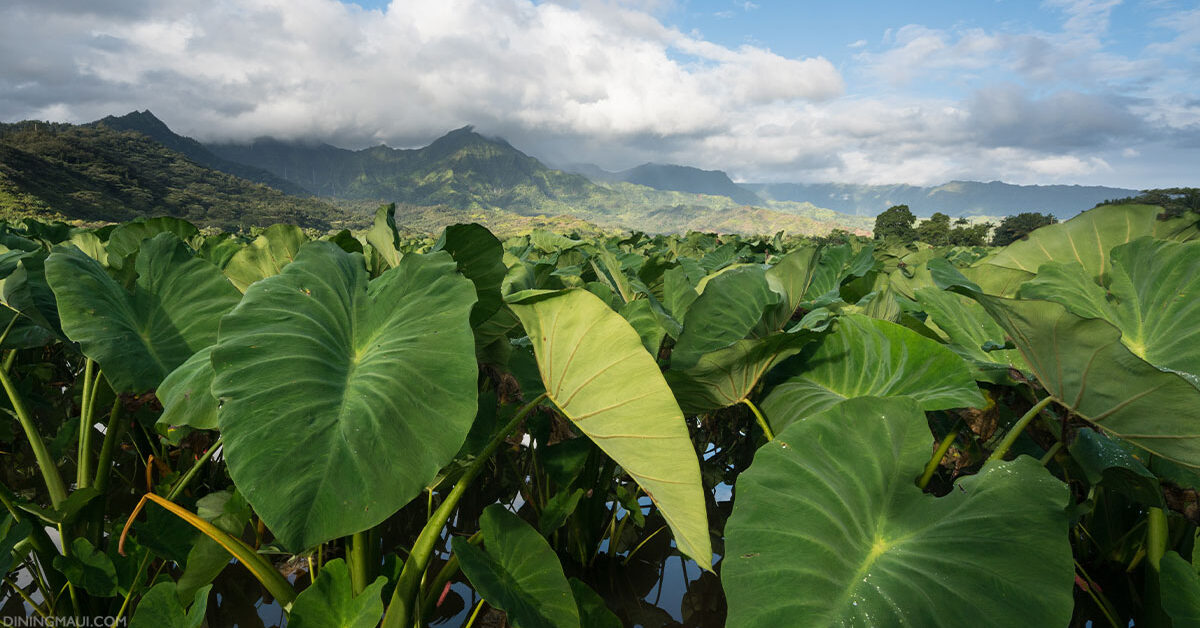
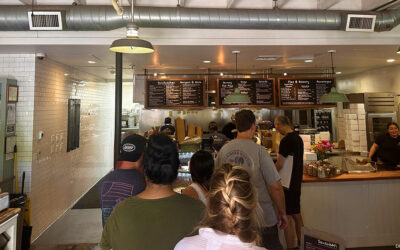


0 Comments